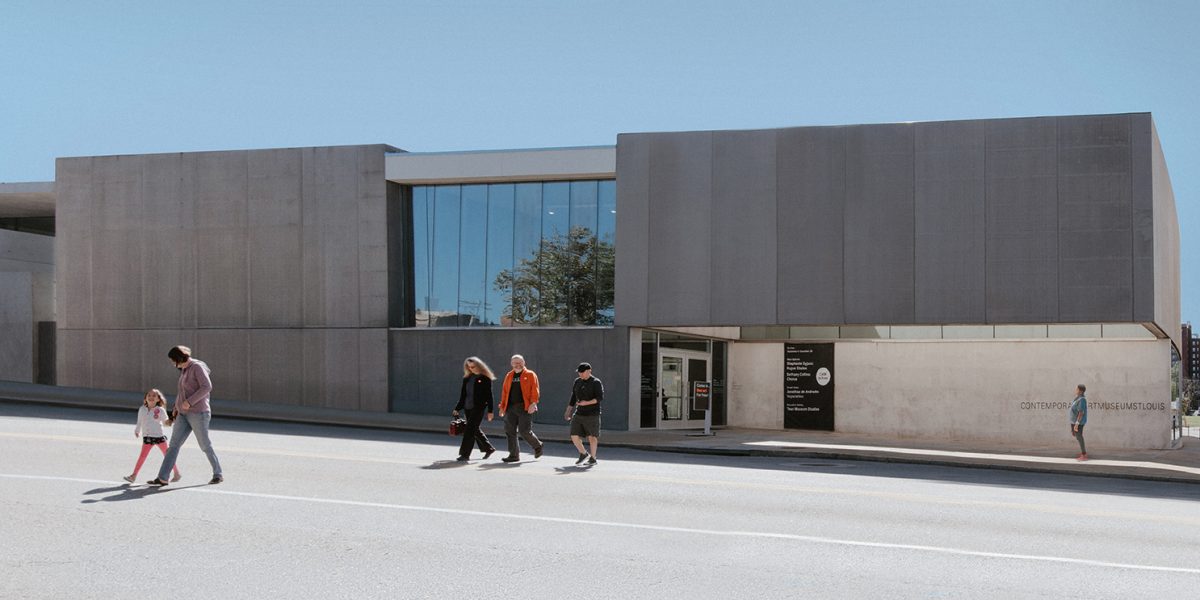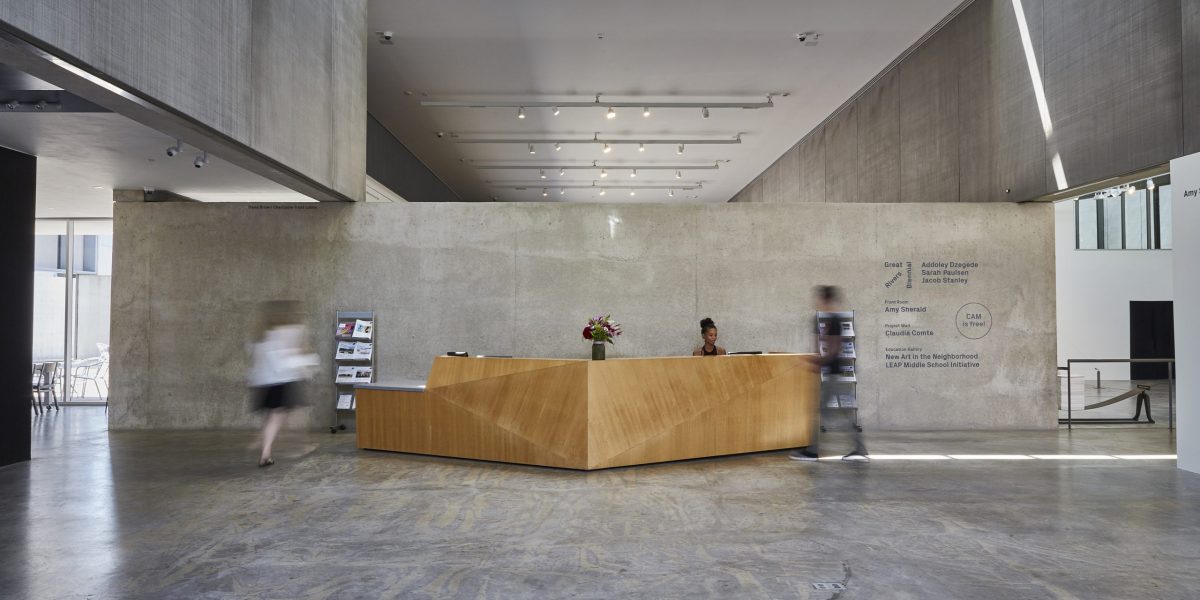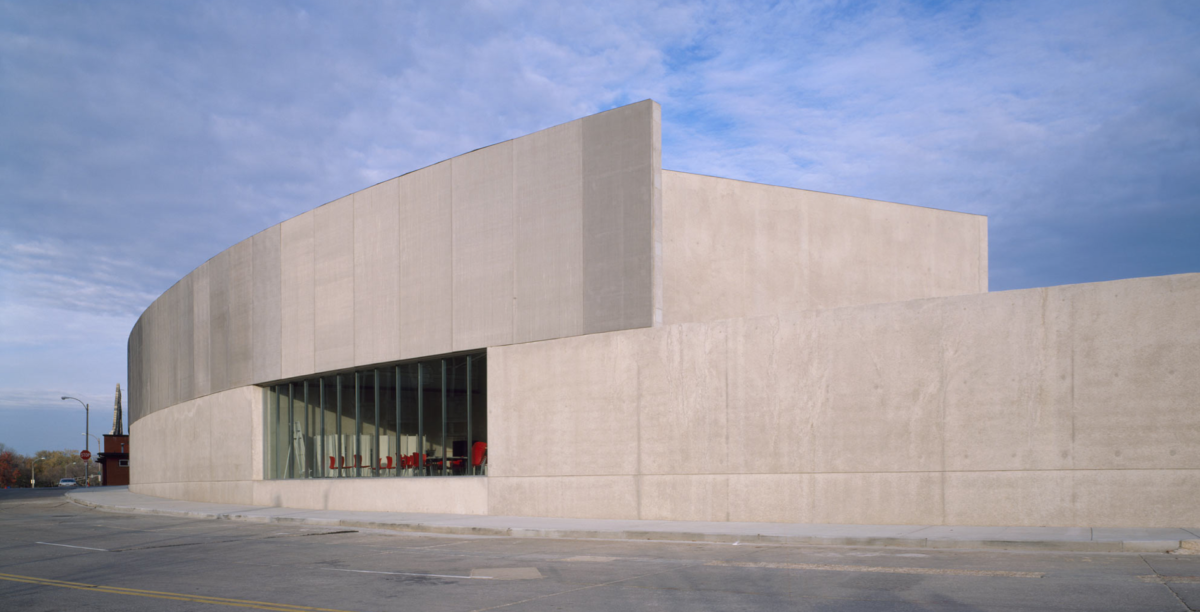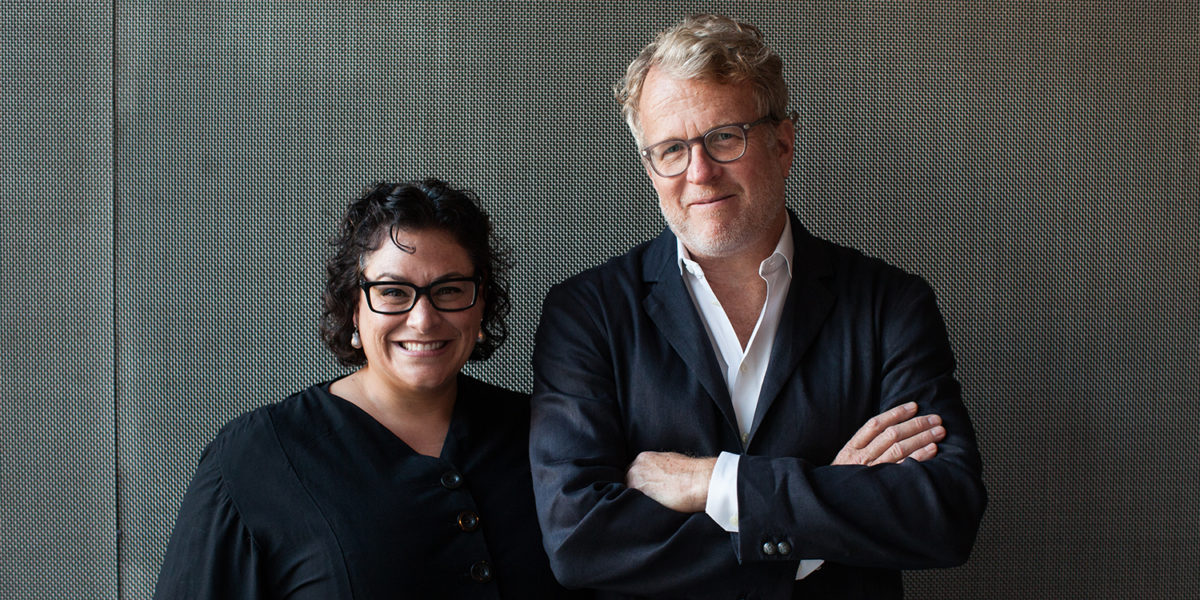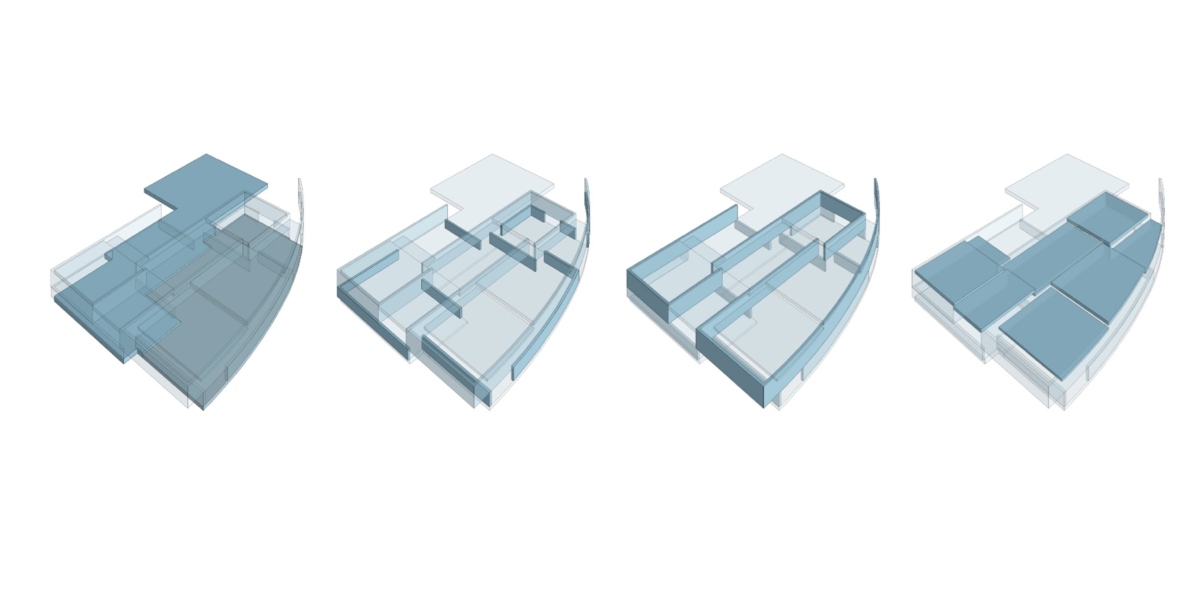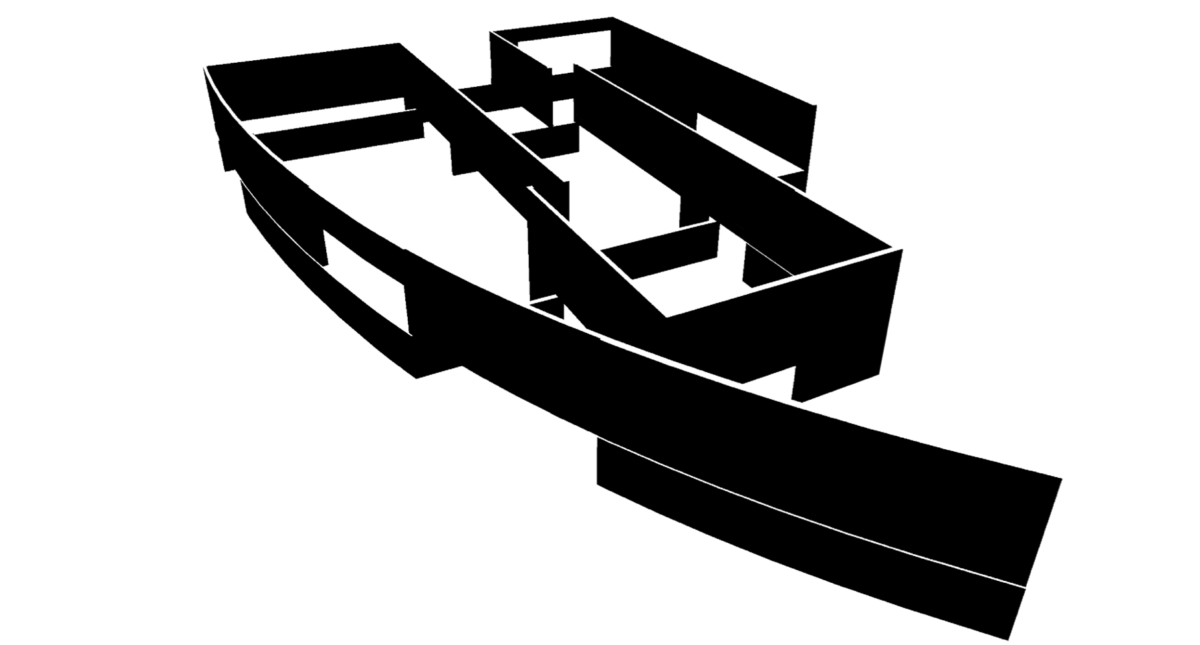Founded by a group of civic and cultural leaders in 1980, the organization transformed from a small gallery into a major arts institution, opening the doors to our 27,000-square-foot Brad Cloepfil-designed building in 2003. Cloepfil has gone on to create some of the most impressive buildings of the 21st century, receiving the prestigious American Academy of Arts and Letters Award for Architecture in 2018.
“In making space for contemporary art,” Cloepfil said in expressing his initial ideas for CAM, “the architect must first serve the artist; not by attempting to render a ‘background’ for art, but by providing the artist with a specific spatial presence, an intentional vacancy that achieves meaning through the art itself.”
CAM’s building provides both flexibility and transparency, offering variations in scale, opportunities for enclosed and open spaces, and a diversity of lighting conditions. CAM is both an enclosure and an invitation, with street windows that present parallel perspectives of the work on view, whether one is looking out or looking in. Concrete and steel mesh intersect throughout, signature elements of the architecture.
Located in the Grand Center Arts District—home to numerous landmark venues for the visual and performing arts—CAM is next door to the Pulitzer Arts Foundation, designed by Pritzker-prize winning architect Tadao Ando, which opened in 2001. Cloepfil’s architecture was conceived to complement and contrast the Pulitzer. A courtyard connects the two museums with Richard Serra’s Joe permanently installed on the Pulitzer grounds and CAM’s outdoor space serving as a site for temporary installations as well as a public café.
